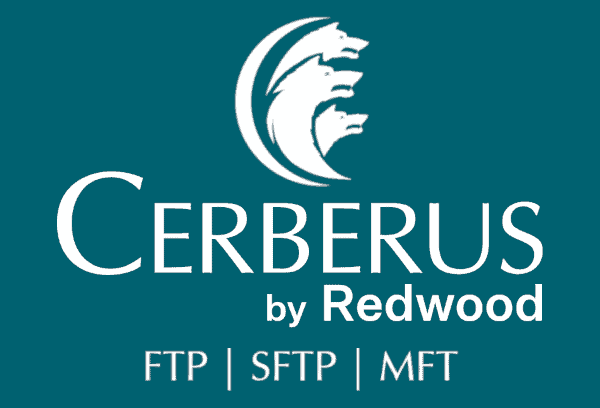
Analysts expect the managed file transfer (MFT) market to grow by nearly 10 times in the next few years. That level of growth is frankly astonishing, and reflects forecasts that organizations will generate increasing data volumes as they transact more business in the cloud, transition more operations to fully digital workflows and offer more digital products. With this growth in mind, today we will look a few years ahead to make some predictions about the future of managed file transfer.
How will managed file transfer evolve in the future?
We believe that four trends will affect managed file transfer:
MFT trend 1: AI-enhanced transfer
Everyone seems to be talking about “Artificial intelligence,” but most of those discussions focus on hype instead of utility. Quietly, however, AI-enhanced file transfer has already started to become a standard in the areas where pattern analysis over larger data volumes can be beneficial. MFT servers like JSCAPE by Redwood are already using learning algorithms to improve file transfer in the areas below:
- Network/bandwidth optimization: AI will soon be able to dynamically manage and optimize your network bandwidth in order to identify optimal transfer windows and prioritize various data exchanges. Imagine an MFT server that waits to send large transfers until after hours in order to minimize impact on your organization, or pauses and resumes transfers depending on priority traffic levels, and you’ll start to see some of the value of this AI transfer implementation.
- Packet loss mitigation: The process of confirming packet delivery and receipt occupies a significant amount of bandwidth and impacts file transfer speed, especially at higher levels of encryption. AI tools will be able to improve file transfer validation by analyzing network quality and forecasting “typical” packet loss volumes in order to correct for transmission and receipt errors in real-time in a more efficient manner. The UDP transport protocol already uses a rudimentary form of this approach, and it’s likely you will see this functionality quietly improving in the next few years.
- Security scanning: AI currently excels at identifying deviations from patterns, which can be beneficial for security scanning. Your data inflows and outflows likely have typical daily rhythms, and any disruption to those rhythms, say a particular user who is suddenly accessing large volumes, can be flagged and paused for further investigation. Many security policy suites and tools already contain this kind of AI implementation, and the Enterprise Plus edition of Cerberus FTP Server by Redwood also includes this feature.
- Complex workflow automation: AI can aid in writing scripts for workflow automations to save your team time. While AI’s automated code-writing capability is not close to perfect, the features will only continue to improve with more input and these issues will likely be ironed out in the near future. Imagine an MFT server with its own API that allows an AI to script all possible transfer scenarios when setting up the tool, allowing you to focus on other tasks.
MFT trend 2: New transport technologies and protocols
For the past few years, the IETF has been working on a new transport protocol technology named QUIC. While this transport protocol is not yet ready for use, once (and if) QUIC is delivered and it meets the IETF’s goals of always-secure transport with minimal latency and improved transfer speeds, it is likely that the majority of file transfer activity will move to this transport protocol.
MFT trend 3: Encryption advances
According to Intel’s quantum computing lead, we’re 10 years away from quantum computers, so while current encryption levels seem safe enough, it’s likely that new vulnerabilities in existing schemes will be discovered, and eventually we will reach a state where current encryption levels may no longer be viable.
In the meantime, TLS 1.3, released in 2018, is now maturing and supports a number of new tools to improve data transfer security. These include:
- Additional digital signature algorithms
- Additional key exchange protocols
- Improved cipher and encryption around all handshake messages
- Hashing session data
- Mandating forward secrecy
If they haven’t already, MFT servers will be adding tools based on these new capabilities to your transfer toolbox.
MFT trend 4: Increasing regulatory complexity
Current privacy and data regulatory trends are running toward increasing compliance requirements for every organization. While many of these regulatory compliance requirements for secure file transfer are handled outside of the actual file transfer application, it is likely that your MFT server will soon give you the ability to automatically detect sensitive information and mitigate any regulatory breaches (such as ensuring a right to delete request propagates through the entire storage system). Ironically, this functionality may incorporate AI to do so.
We hope that you’ve found this post on the future of managed file transfer informative. If you’re interested in trying two strong MFT solutions, we recommend:
- Cerberus FTP Server Enterprise Plus edition, for light-weight automation and transfer scripting support along with basic AI-enhanced security tools
- JSCAPE MFT Server, for advanced multi-platform transfer support that includes EDI, DMZ transfers and more